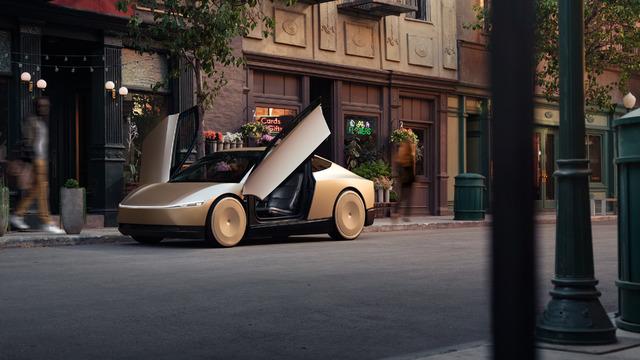MYNET SPECIAL COMPILATION – Tesla CEO Elon Musk once again managed to attract the attention of the technology world. Musk, who has been working on autonomous vehicles for years, this time introduced the robotaxi called “Cybercab”. This vehicle, which is considered one of Tesla’s most ambitious projects, was designed without a steering wheel or pedals, that is, it has neither a steering wheel nor pedals.
Cybercab also draws attention with its fully autonomous and wireless charging features. Cybercab is seen by experts as the biggest step in Tesla’s transition from electric vehicles to artificial intelligence and autonomous systems.
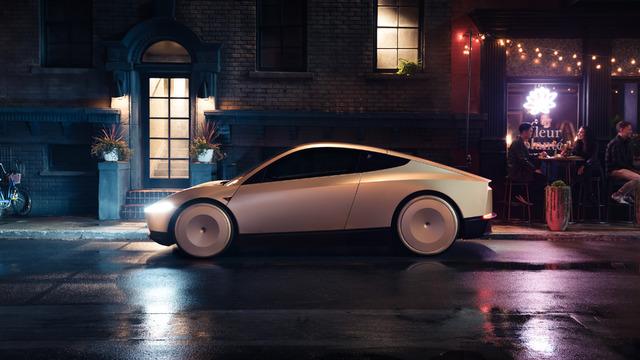
THE AUTONOMOUS VEHICLE DREAM IS NOW REAL
A fully autonomous vehicle has been the dream of many people for years. Cybercab promises great hopes that this dream has now come true. As Musk emphasized in his introduction, this vehicle is driverless, meaning it will be able to travel without the need for any human intervention. The absence of a steering wheel and pedals in its design also supports this claim.
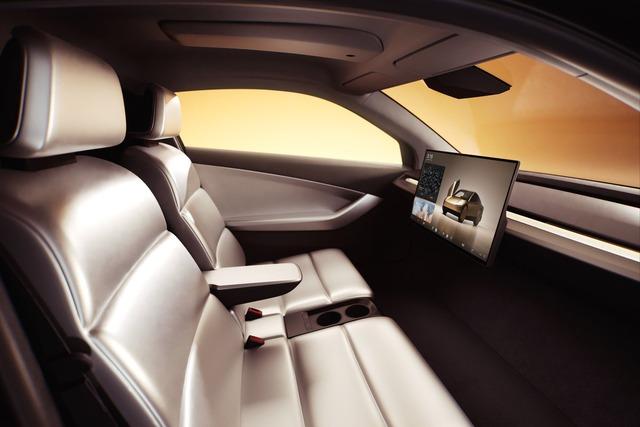
DOORS THAT REQUIRE BUTTERFLY WINGS, WIRELESS CHARGING…
Another feature of Cybercab is its doors. The doors of the vehicle open upwards, resembling butterfly wings. Its small two-person cabin is designed for short-distance trips within the city. However, the real revolutionary feature is that the vehicle can be charged wirelessly. This feature could completely replace Tesla’s current electric vehicle charging infrastructure.
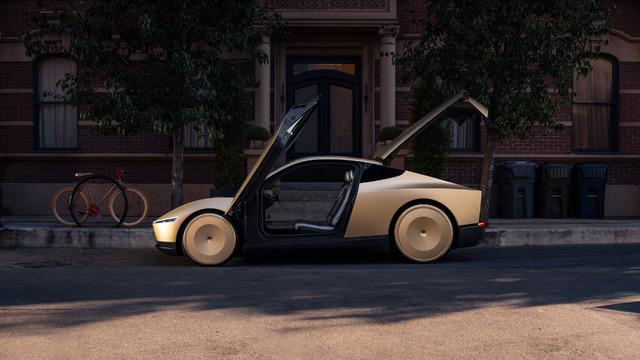
ARE AUTONOMOUS VEHICLES SAFER?
Musk claims that autonomous vehicles will be 10-20 times safer than human drivers. The Full Self-Driving (FSD) system developed by Tesla aims to minimize human error in fully autonomous vehicles.
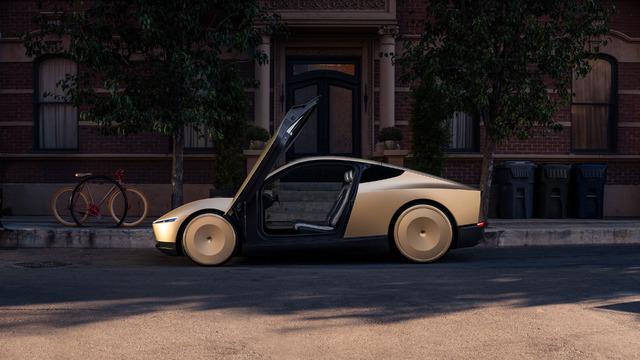
But there is a big question mark here: Is this technology really that safe? In recent years, accidents involving Tesla’s autonomous driving systems have caused various discussions. In particular, the Autopilot and FSD features that Tesla aggressively promotes have not reached the level of full autonomy.
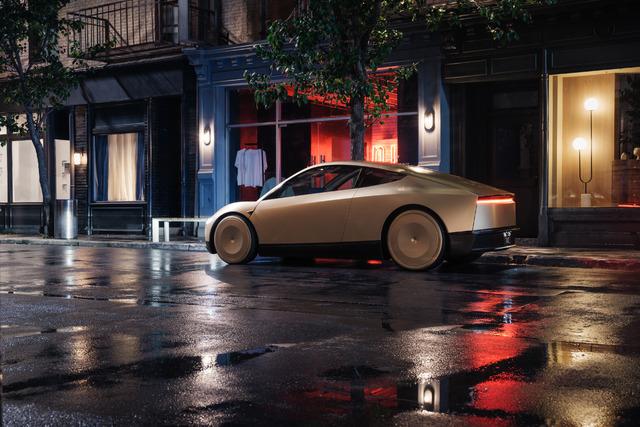
HERE IS THE COST OF CYBERCAB AND ITS RELEASE DATE
According to Elon Musk, the cost of using Cybercab will be much lower than urban public transportation. Musk claimed the Cybercab would cost just $0.20 per mile. This can be a very advantageous option compared to city buses. However, these figures are directly proportional to when the vehicle will go into mass production. Tesla aims to start production of Cybercab in 2026, but Musk also admitted that this date could be delayed until 2027.
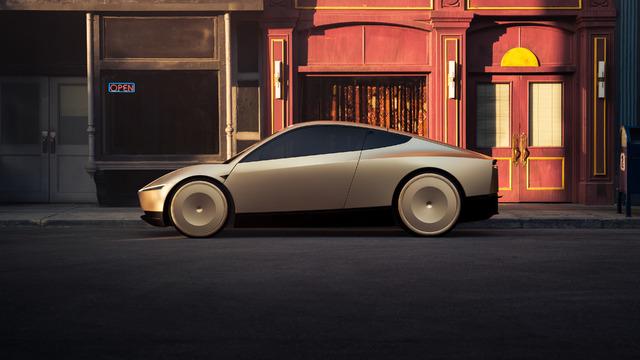
COMPETITION IN AUTONOMY IS GETTING HIGHER
Tesla’s Cybercab move is quite ambitious, but the competition in the field of autonomous driving is just as strong. In particular, companies such as Waymo and Cruise are much more advanced than Tesla in driverless vehicle tests. While Waymo has tested millions of miles of driverless roads, Tesla has limited experience in this area.
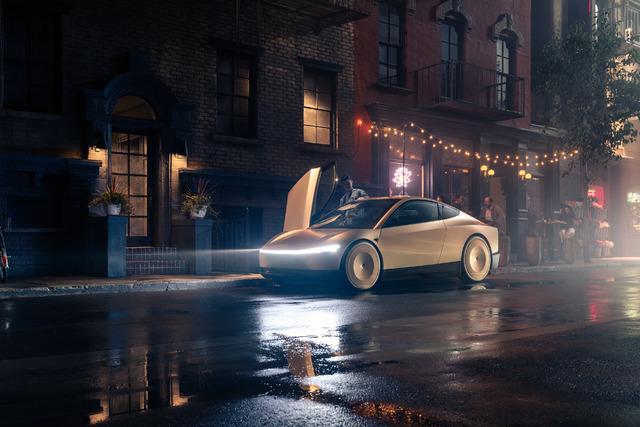
Still, the Cybercab introduction is seen as a big step for Tesla to transform itself from being just an automobile manufacturer into a technology company focused on autonomous systems and artificial intelligence. However, it is said that how successful this transformation will be is directly related to whether Cybercab can be a truly autonomous vehicle and to what extent security concerns can be resolved.
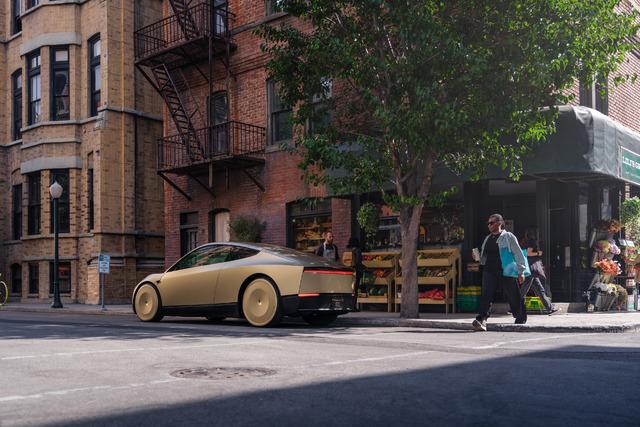
LIKE OUT OF A SCIENCE-FICTION MOVIE: TESLA ROBOVAN
Tesla made another surprise at the event where it introduced Cybercab and unveiled its first bus. The bus, called “Robovan”, comes with a very futuristic design that looks like it came out of a high-budget sci-fi movie.

Tesla Robovan is fully autonomous, just like Cybercab. So it has neither steering wheel nor pedals. According to Elon Musk’s statement, Robovan will be able to carry passengers up to 20 people.
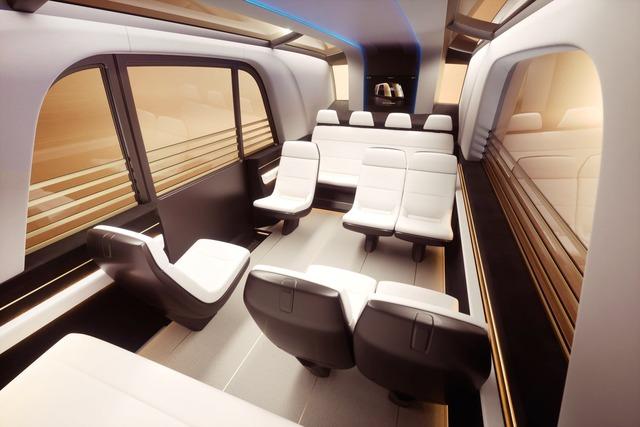
The doors of the bus have the feature of opening sideways. The release date or price of Tesla’s first bus, Robovan, has not been shared yet.
ROBOT PLAYING ROCK-PAPER-SCISSORS: TESLA OPTIMUS
Tesla CEO Elon Musk has been making a name for himself lately not only with autonomous vehicles but also with artificial intelligence-supported robots. Finally, Tesla’s Optimus robot made a big show at the event where Cybercab and Robovan were introduced. Musk said that this robot can serve humans and perform a wide range of daily tasks.
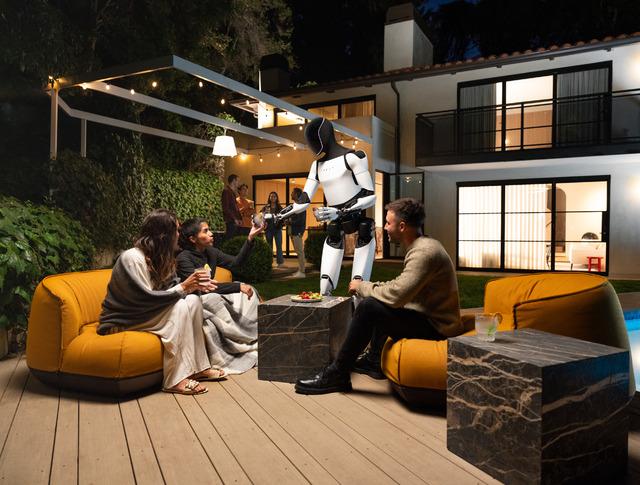
Throughout the event, many Optimus robots attracted attention by walking among the crowd. One video showed the robot performing simple human tasks, such as watering plants. Additionally, while people were interacting with the Optimus robots, one of the robots was seen playing rock-paper-scissors with the guests.
Musk claims that the Optimus robot can perform many different tasks, from walking the dog to babysitting. “In the long run, this product will be between 20,000 and 30,000 dollars,” Musk added, arguing that Optimus will be one of the biggest products.
Tesla announced a lighter and faster 2nd generation version of Optimus last year.
(Photos: Tesla)
